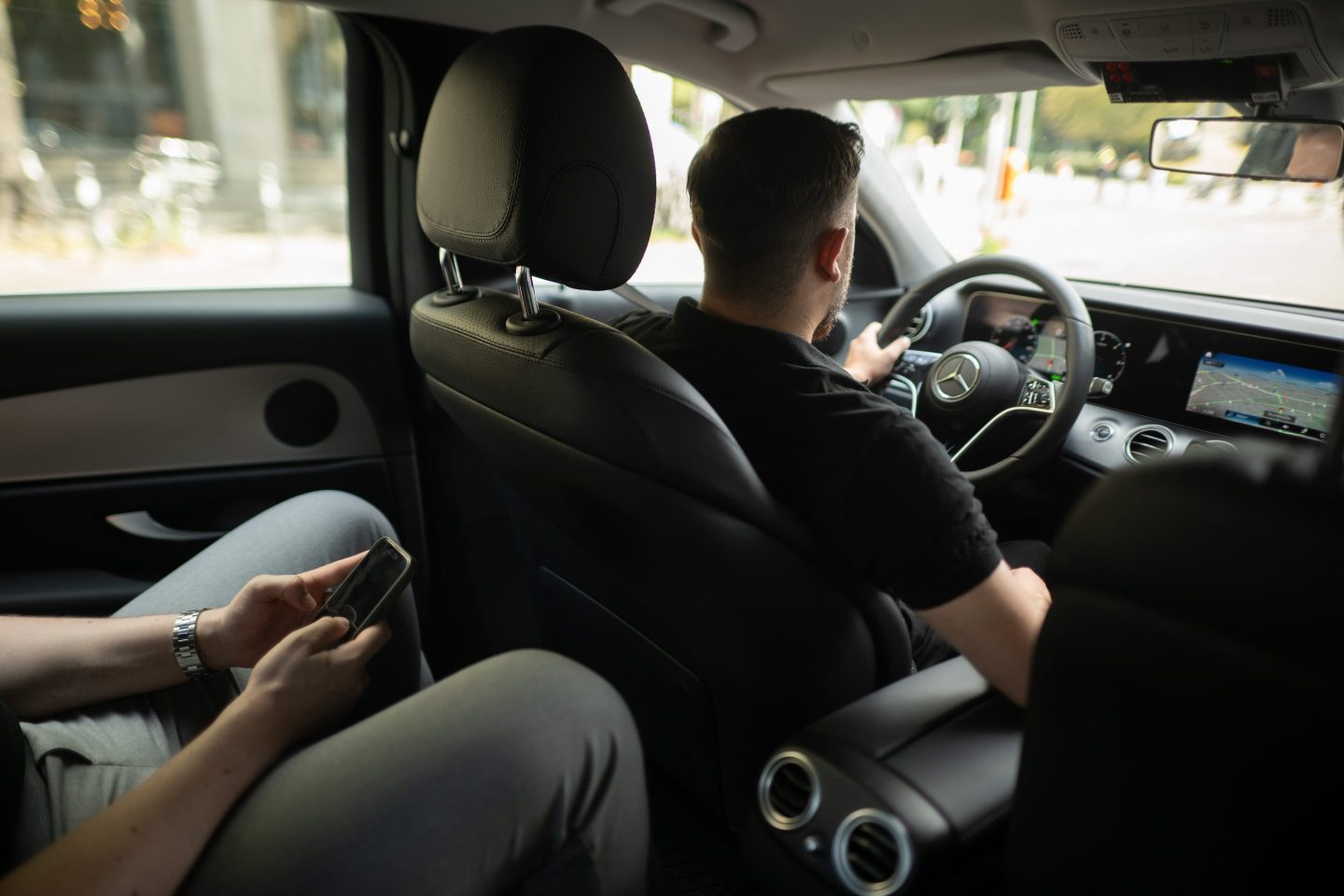Customer segmentation—identifying what each customer wants and tailoring their experience—is the bread and butter of every company. However, when it comes to managing the workforce, leaders often rely on a one-size-fits-all approach or use broad indicators like education levels or age. Leaders can achieve better results by segmenting their workforce based on preferences and attitudes instead. Here is what I learned based on understanding Uber drivers and their differences in motivation.
Until I decided to study the company closely, I had a lot of misconceptions about what it meant to be a typical Uber driver. I thought, for instance, that a driver got into their car whenever they felt like it, opened the app, and then selected from the dispatches that would come in, going from passenger to passenger until they decided they’d worked long enough. And while it’s true that drivers can do that, what I didn’t understand was that taking such a passive approach would result in them making very little money. In order to have higher earnings per hour (EPH), drivers need to make critical decisions, particularly about when and where to drive.
And then there are decisions about whether you should accept every dispatch or instead be strategic about where you drive. There is much more skill involved in making those decisions than I originally thought.
I became a consultant at Uber during my sabbatical from Columbia Business School in the spring of 2018. I wanted to look at whether and how drivers differ in their motivation and skills in knowing how to optimally drive for Uber. The understanding of human motivation that informs the design of the Uber app essentially assumes that all drivers aim to maximize their earnings and that each one possesses a comprehensive understanding of how to optimize their EPH.
While it is evident that all Uber drivers engage in the gig for monetary reasons, the value and importance of other aspects of the job—such as the flexibility to choose the time and number of working hours or the social aspect of interacting with passengers—vary from driver to driver.
In addition to differences among drivers in what they appreciate in a job in general and driving for Uber in particular, not everybody knows the best way to optimize earnings. My research on financial literacy and credit and mortgage decisions showed that there are substantial differences in how good people are with numbers—which affects the financial outcomes for those individuals. Understanding the differences among the drivers is critically important. It matters a lot whether drivers are not optimizing their earnings because they do not know where and when to drive or whether they know but choose to avoid certain times and areas because they value other aspects of the job beyond maximizing earnings.
To analyze whether there are different segments of Uber drivers, I worked with a senior economist at Uber and conducted a survey of drivers in Los Angeles. We measured their driver literacy (based on their knowledge of when and where one should drive if one wants to maximize earnings) and elicited what, beyond monetary compensation, they care about in a job in general and at Uber in particular. The results showed that there are different segments within the Uber driver workforce that can explain different driving behaviors and earnings. In terms of driver literacy, for instance, there are drivers who have trouble determining which neighborhoods would make them the most money.
But when it came to what time to drive, it turns out most drivers are aware when the best times to drive are: “Bar hours: good, afternoon suburbs: bad.” So what explains the drivers who choose to drive during the least profitable times of the day? We discovered that attitudes on what is important in a job generally explain when drivers are active—and, as a result, how much they earn.
So if Uber wants to understand what motivates their drivers, merely examining driving data (i.e., where drivers drive and how much money they make) is not sufficient because different driving patterns have entirely different motivations. The behavior of drivers does not provide enough information to reveal what their motivation is.
Segmentation based on behavior and attitudes allows Uber to target its different drivers in different ways. For the drivers who want to maximize their earnings but do not know what the optimal neighborhoods are, the company can support them in their decision-making process. But for those who value other aspects of the job—like flexibility or convenience—Uber can provide nonmonetary incentives that support them.
Not just Uber, but every organization can improve the employee experience by understanding the differences within their workforce and personalizing their approach to each individual.
This article is an adapted excerpt fromThe Employee Advantage: How Putting Workers First Helps Business Thrive by Stephan Meier. Copyright © 2024. Reprinted with permission from PublicAffairs, an imprint of Hachette Book Group, Inc.











